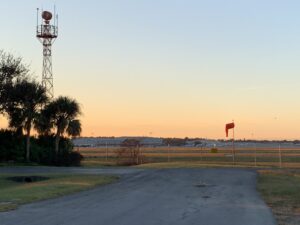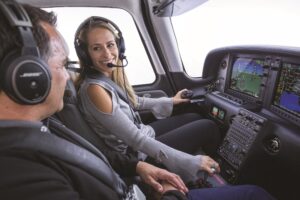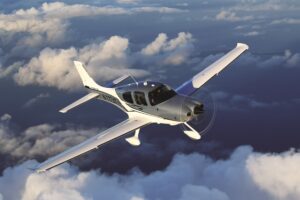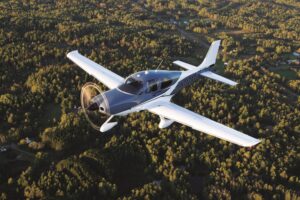 Approximately 20 percent of pilots in the world were trained in Florida. That puts the Sunshine State solidly in first place as the most popular destination on the planet for aspiring pilots to seek out. That lead in the flight training world isn’t random or transient. Year after year Florida leads the nation and the world in the number of people learning to fly, adding ratings and certificates, and advancing their aeronautical careers.
Approximately 20 percent of pilots in the world were trained in Florida. That puts the Sunshine State solidly in first place as the most popular destination on the planet for aspiring pilots to seek out. That lead in the flight training world isn’t random or transient. Year after year Florida leads the nation and the world in the number of people learning to fly, adding ratings and certificates, and advancing their aeronautical careers.
There are a variety of reasons Florida retains such dominance in the field of flight training. All of which combine to make Florida the go-to spot for a growing number of people who intend to fly for a living.
The Facilities
There are approximately 125 public use airports in Florida. At one end of the scale there are massive International Airports like Miami International Airport, Orlando International Airport, and Tampa International Airport. On the other end is a wide collection of small, privately owned grass strips that are open to the public. In between are airports owned and operated by counties and cities, such as Sebring Airport and Naples Airport that value the potential an airport brings them. The upshot being, in Florida a pilot is never more than a few minutes from a runway.
The Airspace
Florida is big. Far larger than most people think. From Key West to Jacksonville is more than 350 nautical miles. From Jacksonville headed west the state line is more than 250 miles distant. Yet, being a peninsula and a panhandle Florida is relatively narrow. It is possible to initiate your training in a rural area with minimal traffic, while never being more than a few minutes flight time from airspace surrounding airports busy with international jet traffic. The best of both worlds are available for training, which gives a student a low-stress environment to work with early in their training, yet allowing them to operate in some of the busiest airspace in the world when their training benefits from it.
The Weather
Sunshine, light breezes, and moderate winters have made Florida an attractive destination for tourists and travelers for more than 100 years. Those same meteorological benefits make the state an ideal location for flight training. With an estimated 350 flyable days each year, learning to fly in Florida results in more up-time and fewer weather-related cancellations.
The Aircraft
The FAA records more than 20,000 aircraft based in Florida. From the panhandle to the Keys and everywhere in between the equipment necessary to conduct high quality flight training exists in large numbers.
The Talent Pool
One of the great advantages of learning to fly in a state where thousands of others are pursuing the same goal, is the constant production of new flight instructors. Those new CFIs are available to replenish the ranks of instructors being hired away by the airlines and corporate flight departments. The prevalence of military, spaceflight, and commercial operations in Florida also provides a remarkable cadre of mentors who can and often do share insights and experiences with newer pilots.
Flight Schools
Florida has the best collection of flight schools anywhere, many with airline pilot training programs.
Professional opportunities
Learning to fly in a state where flight instruction is a major industry has its advantages. That is undeniably true when it comes time to seek out that first flying job. Rather than traveling hundreds or thousands of miles to find an entry level pilot slot, you very well may find an opening as a CFI at the same flight school you trained with. In fact, many flight schools give preference to CFIs who trained under their program. With more than 5,000 businesses based on Florida airports and more than 18,000 people employed directly there, finding employment as a pilot in the Sunshine State remains an attractive reason to learn to fly in Florida.



